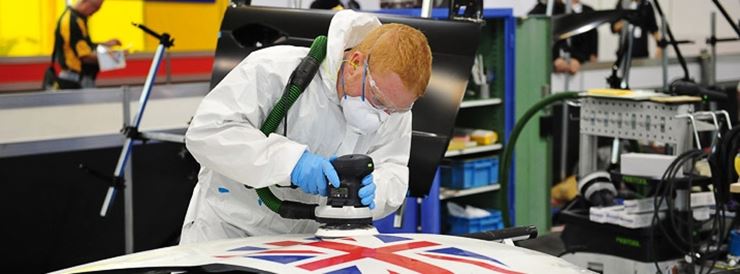The Edge Annual Lecture 2015 will take place on Tuesday 13th November at Glaziers Hall, London.
The keynote speaker will be Nicholas Wyman, whose phrase “people without jobs and jobs without people” sums up the skills gap conundrum: at a time of growing skills shortages, there are still high levels of youth unemployment and graduate under-employment in many parts of the English-speaking world.
After delivering his lecture, Nicholas will join a guest panel to debate the issues with the audience.
The Edge Foundation is an independent education charity raising the status of technical, practical and vocational learning.

They believe all young people should have the opportunity to achieve their potential and that the UK’s future workforce needs to be equipped with the skills to be successful in the modern, global economy.
The Edge Foundation aims to help young people develop the skills and expertise vital to a successful career and thus meet the needs of the future economy.
This is an excerpt taken from The Edge Foundation website.
For more detail, including how to attend The Edge Annual Lecture 2015, please visit:
http://www.edge.co.uk/news/2015/september/edge-annual-lecture-2015
To read about The Edge Foundation:
http://www.edge.co.uk/about-edge




